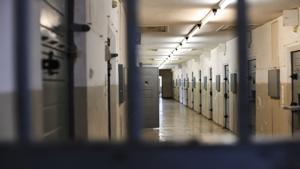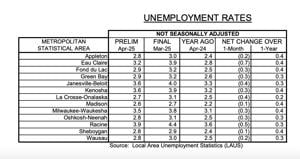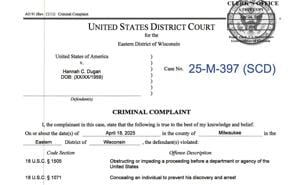(The Center Square) – Republicans are attempting to cut a “back-room tax deal” amid the Wisconsin budget negotiations, Democrats on the Joint Finance Committee said at a news conference Tuesday.
Sen. Kelda Roys, D-Madison, alleged that Republicans are hurting Wisconsinites by quietly moving forward a tax cut for the wealthy before the June 30 biennial budget deadline.
The backlash comes after Republicans on the Joint Finance Committee cut more than 600 items from Wisconsin Gov. Tony Evers’ budget proposal.
“What we’ve seen Republican counterparts doing is trying to cut an unpopular tax deal behind closed doors. That’s a slap in the face of Wisconsinites. They didn’t elect us to do that,” Roys said. “Not a single person asks for more tax breaks for the wealthiest, biggest corporations. Republicans refuse to put their ideas for tax cuts into writing and haven’t introduced a bill.”
Roys did not offer details on the alleged tax cuts, only stating they are being pushed in private and would give tax breaks for the wealthy.
Rep. Alex Joers, D-Middleton argued a concerning sign is that Republicans have not yet introduced Senate Bill 1, the tax bill they said would be a priority for the 2025-26 session and would have been introduced in February.
“Despite rejecting Gov. Evers’ budget, they have not introduced SB 1 yet, even though they had promised back at the beginning of the year that it would be submitted,” Joers said. “They even stated they would save the number ‘SB 1’ for their tax bill because of how high it was on the priority list.”
Joers said Evers’ budget would actually have lowered taxes for 74% of Wisconsinites.
According to Roys, the Republicans’ budget and tax cuts are happening at the behest of the party leadership in Washington, D.C.
“Right now, unfortunately, our Republican colleagues in the state legislature seem to be following the lead of the Trump regime,” Roys said. “They have seemed laser-focused on more budget-busting, tax cuts for the very wealthiest among us that will do nothing to lower costs for families.”
However, Sen. Eric Wimberger, R-Oconto, a member of the Joint Finance Committee, fired back, saying there are no back-room deals regarding tax cuts that Democrats wouldn’t already be aware of.
“Leadership and Gov. Evers are currently conducting high-level meetings regarding the budget. If there is a hidden back-room deal on taxes, the Democrats are in on it and it’s not hidden very well,” Wimberger told The Center Square. “I think most people would consider what’s going on as ‘both sides working together,’ and it appears Democrat extremists want to derail that.”
















